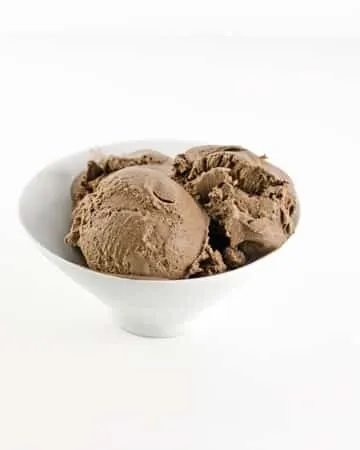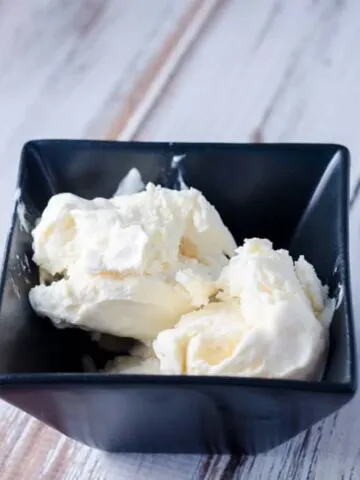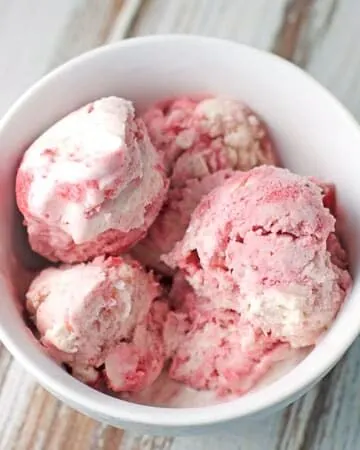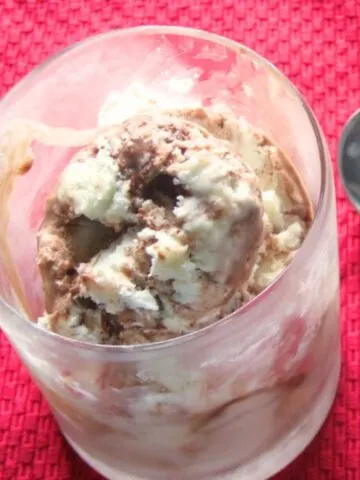Ever reached for a carton of your favorite ice cream and found icy grit instead of smooth creaminess and no idea what happened? Check out our tips for how to make ice cream smooth and not icy.
Indulging in a scoop of smooth, ultra-creamy ice cream is one of the most decadent indulgences, especially during the super hot summer months.
However, it's so disappointing to take a bite and get a mouthful of gritty iciness instead of rich and smooth creaminess.
Whether you like making homemade ice cream or reaching for your favorite storebought, here are some tips to keep your ice cream the perfect texture.

Tips for Smooth and Scoopable Homemade Ice Cream
Interested in making homemade ice cream but afraid of investing in all those ingredients for it to turn out a flop? Here are some tips for delicious homemade ice cream.
1. Don't skimp on the fat or sugar. Ice cream is certainly not known as a superfood.
As such, you may be tempted to cut down on things like fat and sugar in your favorite ice cream recipe to make things a bit healthier.
Keep in mind, though, that the reason ice cream is made with so much fat is because it helps it stay smooth and creamy. Using less fat (for example, skim milk instead of heavy cream) will likely result in less texturally appealing ice cream.
Sugar is also important because of the way it binds to water molecules and helps inhibit ice crystals.
2. Consider adding alcohol. You may already know that alcohol doesn't freeze in our usual residential freezers because the temperature just doesn't get low enough.
Using alcohol in an ice cream recipe can help make it softer and more scoopable, but it won't really make it creamier. You're likely already adding some alcohol if you're using vanilla extract.
You can also use too much and have the opposite intended effect - icy ice cream.
I wouldn't use more than 3 tablespoons of 40-proof liquor per quart of ice cream. You can use the alcohol to help impart flavor or use vodka if you don't want a flavor enhancer.
Keep in mind the ages and personal preferences of those you'll be serving alcohol-infused ice cream to.
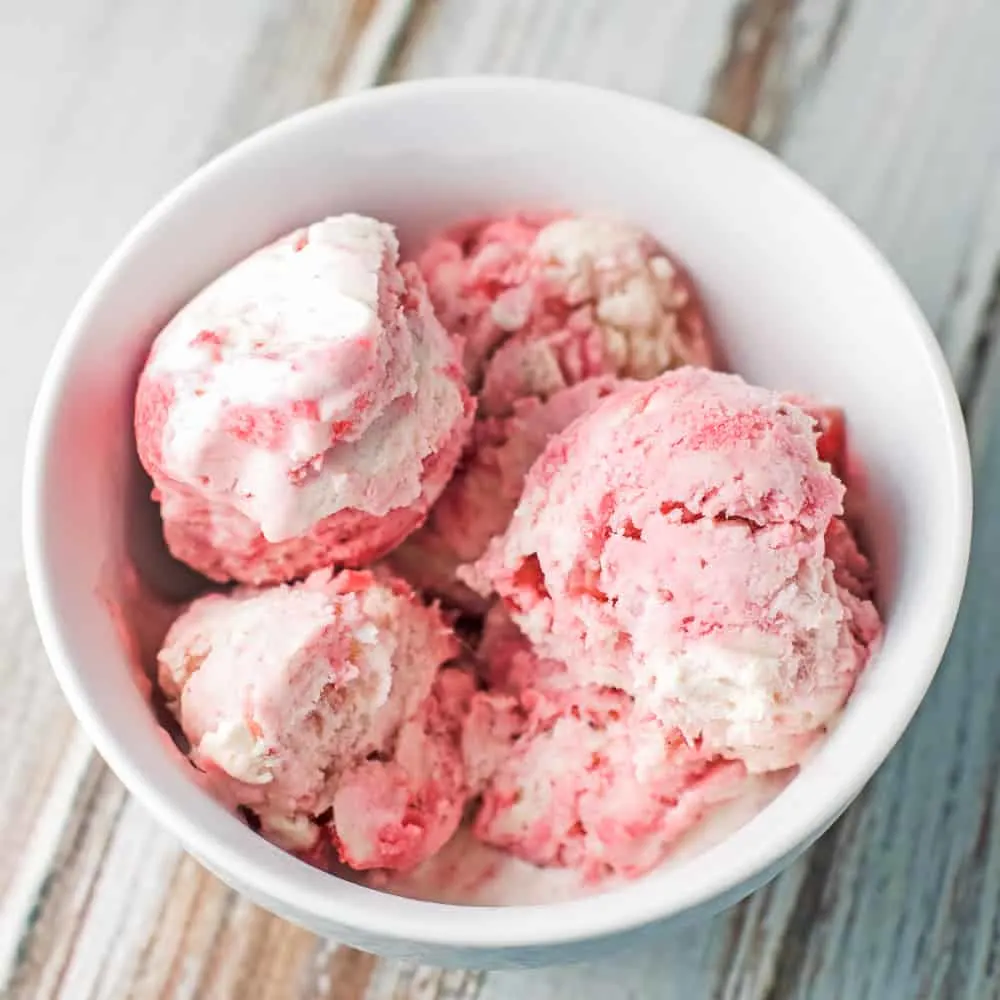
3. Optimal Mix-ins make a difference. One of the things loved most about ice cream is that it's cold but can be made in endless flavors and textures.
For example, I love strawberry ice cream with real strawberry pieces in it, but I've had some with huge chunks of strawberries that end up feeling like you're chewing through an awkward ice cube.
Instead, make sure any of your mix-ins are chopped on the smaller size, around a chocolate chip or smaller peanut size, whether it's nuts, fruit, cookies, or something else.
According to how you're making your ice cream, it's generally best to store the mix-ins in the fridge so they're chilled and add them at the very end for the machine to mix them in.
4. Using a bowl-style ice cream maker? You'll of course want to make sure the freezer bowl is well-chilled by being in the freezer at least 24 hours before making your ice cream.
Also, start the ice cream maker before pouring in the ice cream base. This will help the ice cream base not freeze immediately upon contact with the freezer bowl for a smoother consistency.
5. Chill the ice cream base well. If you're using an ice cream maker to make your ice cream, make sure the base is well-chilled before churning it. You can even keep it in the refrigerator overnight.
This will help the ice cream take less time to churn, resulting in fewer chances of ice crystals forming.
If using a recipe like my no-churn ice cream, this doesn't matter as much as your cream already has to be cold to whip.
6. Less is more when storing. If you're making a large batch of ice cream, consider storing the ice cream in smaller containers, especially single-serving ones so you don't have to worry about scooping from a small container.
The less the ice cream melts and refreezes, the better the texture. So, opening the same container fewer times will result in better ice cream overall.
If you want to store ice cream in a multi-serving container it's best to use a wide, shallow, and air-tight storage container for ice cream as it will freeze faster this way.
This ice cream container set is highly rated with both options along with this ice cream scoop.
I always recommend hand washing ice cream scoops even if they say dishwasher safe as the coating can start to come off faster from the dishwasher.
Unopened ice cream will keep well in the freezer (anywhere from 2 to 6 months) as long as the optimum temperature remains consistent. But really, who has ice cream that lasts that long unless you forget about it?
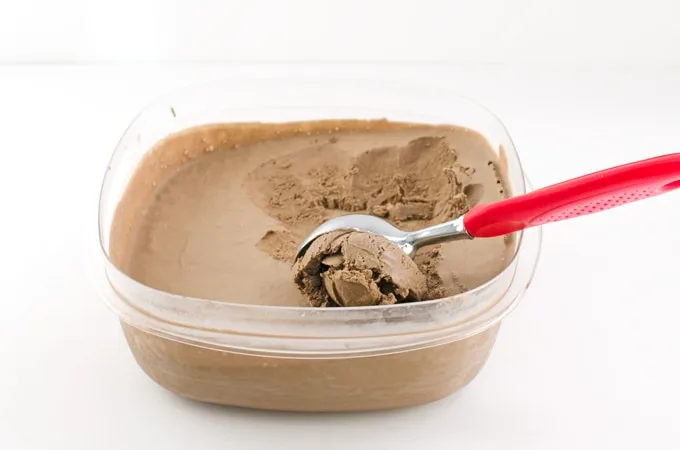
Tips to Keep Ice Cream Smooth and Creamy
1. Scoop out the amount of ice cream you want and then put the rest back in the freezer immediately.
The more ice cream melts and refreezes, the poorer the quality and texture of the ice cream.
2. Place a piece of plastic wrap or waxed paper directly onto the ice cream before putting the lid back on.
This will help prevent air from getting to the ice cream, which causes freezer burn and an icy texture.
3. Store your ice cream in the main part of the freezer, as close to the back as possible, and preferably below other frozen items.
It's tempting to store ice cream in the freezer door for ease of access, but temperature fluctuates a lot more there and can thus alter the quality of your ice cream.
The back area of the freezer will have the least fluctuations of temperature when you open the freezer door and thus help keep your ice cream at the optimal temperature for the best texture.
4. While it may need a few minutes to warm up to be super scoopable, ice cream freezes best below 0°F.
You can use a freezer thermometer to see what yours is currently set at, or at least set your freezer temperature to as cold as possible.
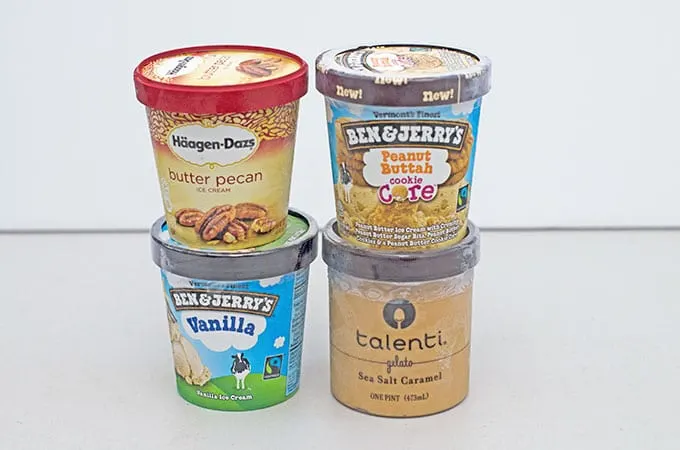
Can I Fix Already Icy Ice Cream?
You may have ended up on this article because your ice cream is already icy and you're hoping there's a way to salvage it. There is hope!
If you notice ice crystals on the surface of your ice cream, it's likely freezer burnt.
It's still okay to eat, just not the optimal texture. As per the FDA, freezer burn means the quality of the food has lessened but not the safety.
First, see how deep the freezer burn goes. If it's just the very top layer you can scrape the icy part off and eat the rest as normal.
If it's still too icy, here are a couple of things you can try.
1. Try leaving it out on the counter for about 10 minutes before eating. This may help some of the larger icy chunks melt a bit into a more palatable texture.
2. If it's still too icy, you can let it completely melt in the refrigerator (not at room temperature or you risk bacteria growth) and then churn it again using an ice cream maker.
If at that point it's still not to your liking you can repurpose the ice cream.
The ice cream may still make a delicious milkshake, especially if you also use a scoop of non-icy ice cream. For a slightly healthier option, add a scoop to a smoothie instead.
I like to use it as a decadent coffee creamer or extra-fancy hot chocolate depending on the flavor.
You can also use it in place of other dairy ingredients like milk or cream in batter recipes such as pancakes or muffins.

